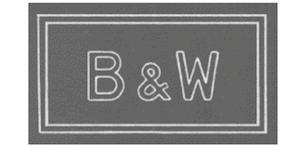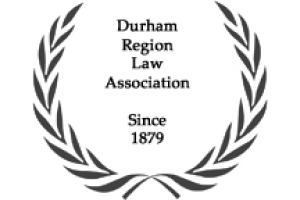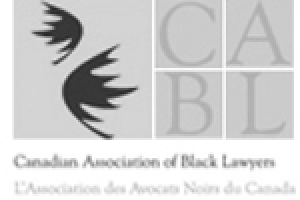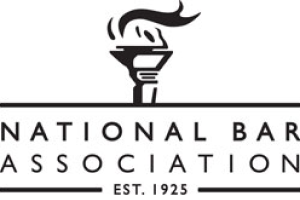Babcock & Wilcox

Trademark registered in Canada, 1932
On May 28, 1867 Stephen Wilcox and George Babcock obtained a patent for a water-tube steam boiler which they went on to build and distribute using the corporate name Babcock, Wilcox and Company. They set up shop in Providence, Rhode Island and sold their first boiler to a local wool mill later that year.
In 1869 the company leased office space on Courtland Street in New York City which the company designated as their headquarters in 1871. They had a spectacular breakthrough at the Centennial Exhibition in Philadelphia in 1870 where they received national recognition. The Company was well and truly on its way.
By 1875 Babcock & Wilcox was recognized as an industry leader on the subject of steam power generation and they were awarded a gold medal at a competition to celebrate 100 years of American independence in 1876. The boiler on display at the Exhibition captured the attention of potential customers and the display boiler was purchased on the spot by a New York sugar refining company. Orders for additional boilers were placed including by Thomas Edison who used a B&W boiler at his machine shop in New Jersey. Edison went on to have B&W boilers installed in his electrical power stations.
Babcock & Wilcox first step to expand their company globally was taken when they opened a foundry to build B&W boilers in Glasgow, Scotland in 1881.
After registering the Company name in Canada in 1898, they opened a Babcock & Wilcox facility in Montreal, Quebec. Their product line was described as “water-tube steam boilers and Steam boilers and their adjuncts, namely, air heaters, pulverizers, tubes, oil burners, ash handling systems, stokers, water-cooled furnaces, superheaters, desuperheaters, boiler economizers, boiler drums, burners for coal, oil and gas and igniters therefor, and chemical recovery furnaces, all associated with steam generation”.
This was a product line-up set to provide industry with the means to generate power for their own business as well as to sell to the public. Most of the boilers built by B&W in Canada, in addition to the name being stamped into the unit, also contained a maple leaf as a universal symbol that these were Canadian boilers.
They amalgamated with Canadian company Goldie-McCullough of Gault, Ontario in 1923 and were known as Babcock & Wilcox Goldie-McCullough. They purchased Goldie-McCullough’s share of the business in 1963. Babcock & Wilcox shed the Goldie-McCullough part of the name in 1967.
Babcock & Wilcox obtained the contract to build the steam generators for the Pickering Nuclear Generating Station in 1968, Canada largest nuclear power station at that time.
North America’s largest wood-waste burning boiler at the Elk Falls Mill in British Columbia and the world’s largest chemical recovery boiler for the Howe Sound Pulp & Paper Ltd. also in British Columbia were built by Babcock & Wilcox.
Babcock & Wilcox never added raw asbestos to their boilers or generators. They did however purchase and insert many asbestos products into their boiler units. They used asbestos gaskets, furnace cement, packing and insulation. Working with or around Babcock & Wilcox built boilers and steam generators or any other of the Babcock & Wilcox lineup of products put many workers and their families at risk of asbestos exposure.
Brown Law Office is located close to the Pickering Generating Station and we represent numerous former power workers who have subsequently developed mesothelioma. With the rise of secondary-exposure claims we are also able to apply for and obtain compensation for family members of power workers who are ill.
There were thousands of Babcock & Wilcox boilers and steam generators installed in Canada. If you believe that working with one of them has caused you or a loved one to have one of the asbestos diseases, please contact us to discuss your compensation options.








